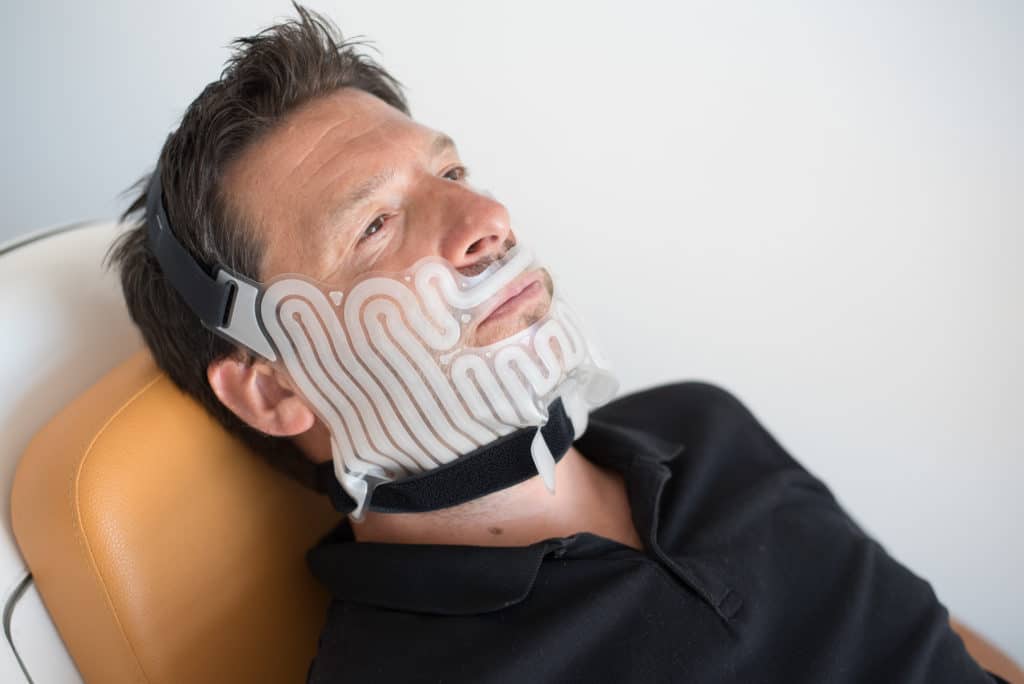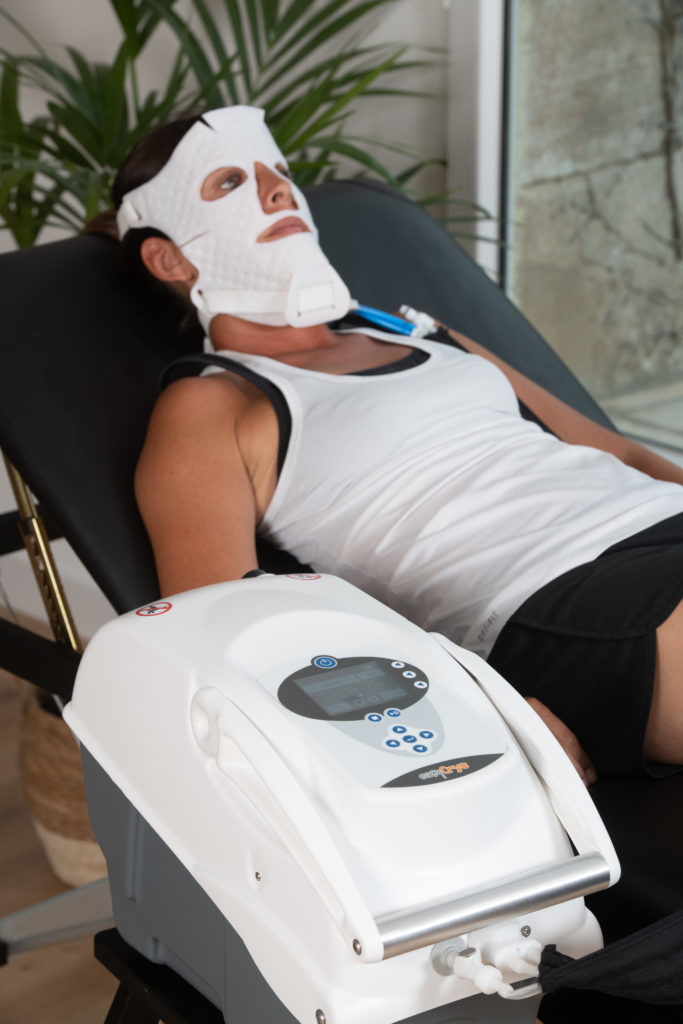Maxillofacial and Plastic Surgery
Compressive cryotherapy shortens maxillofacial surgery and plastic surgery recovery time and reduces scarring. Applying both cold and compression is the key to faster wound healing process and reduced inflammation.

"The First is part of our injury recovery protocol"
John Doe – General Manager of Teams
Faster Healing Process for Better Plastic Surgery
After any incision in the skin, a healing process begins called scarring. During the process, the patients will suffer from pain, hematoma, swelling and tingling sensation. Usually, inflammation will appear and last for about 4 days and the longer the inflammation lasts, the more visible the scar will be. For this purpose, our patented technology offers a constant regulated cold that blocks the inflammation process, limits the pain and accelerates the wound healing process.

Applications:
-
Lifting
-
Blapheroplasty
-
Wisdom Tooth Removal
-
Dental Implants
-
Breast Implant
-
Mammectomy
Rhinoplasty
Blepharoplasty
Breast Implant & Mammectomy
Effective Maxillofacial Recovery
After dental implantation or wisdom tooth removal, the technology can deliver cryotherapy through a mask to reduce early onset of inflammation and pain. A portable device can even leave the clinic with the patient to continue the treatment at home during the critical first 48 hours. Cold water helps to drain the tissues, limit inflammation and greatly reduce pain.
First
Compressive cryotherapy with peltier technology with one output to deliver precise temperature treatment.
Moove
Portable compressive cryotherapy device with a 5-hour battery and possibility to deliver precise temperature treatment at home.
How Compressive Cryotherapy Works
Cryotherapy reduces the nerve conduction speed and reduces inflammation. Moreover, a specific temperature will yield better results for specific indications. In opposition to simply putting ice, combining cryotherapy and compression results in effects for both superficial and deep tissues. Above all, pressure enables deeper penetration of tissues while precise control over temperature prevent damaging superficial tissues.
Antalgic Effect
Cryotherapy slows down nervous conduction when the skin temperature reaches 15°C (59°F) or below. The Ice Compression solutions include a temperature probe that ensures that the adequate temperature is reached but that skin or nerve damage does not happen. Cryotherapy also capitalizes on the gate control effect, a theory that describes that painless sensations close the nerve “gates” to painful sensations. In order words, applying cold to a painful area will result in nerves feeling the painless cold and less the pain caused by the injury.
Myorelaxant Effect
Cryotherapy reduces muscle spasticity (unwanted contraction of a muscle) by relaxing the muscle. This effect can also lead to an increase in muscle resistance of 13% to 33%.
Vasomotor Effect
Sensory receptors are sensitive to two phenomena: temperature variations and pressure variations. The combination of cold and pressure therapies causes vasoconstriction followed by a reflex vasodilation that helps to drain the edemas. Studies have shown that compressive cryotherapy can cause a cutaneous vasodilation of up to 117% after only 20 seconds while simply applying cold will only provide 80% after 20 minutes.
Anti-inflammatory Effect
The thermal shock generated by cryotherapy greatly reduces enzymes causing inflammation. Cold causes an instantaneous and durable stop to the inflammation process.
